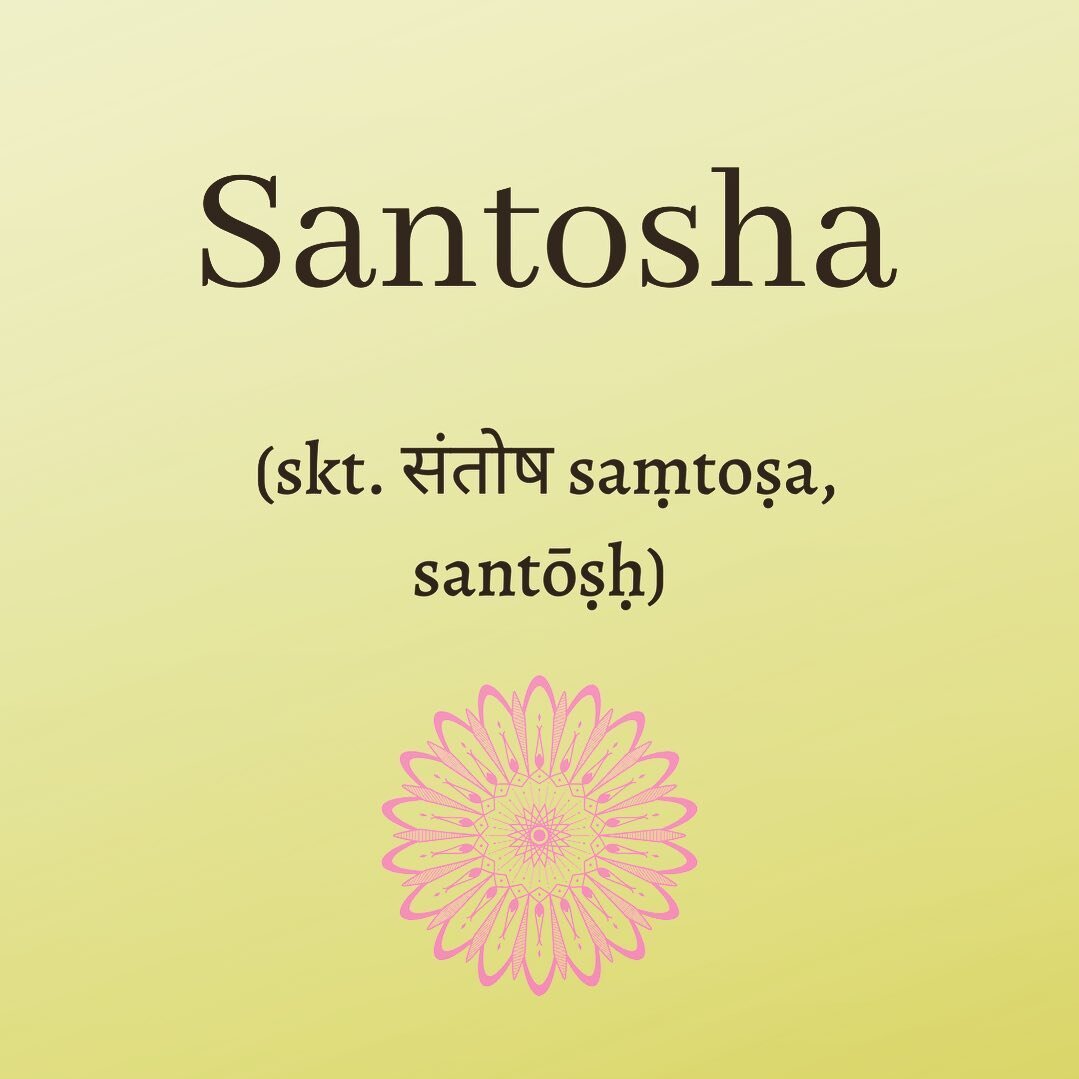What does intimacy mean in a spiritual context?
It is said that in early Chinese Zen literature, the word 'awakening' was used interchangeably with 'intimacy'. We often think of intimacy as connecting with another person, but this ancient practice shows the path to intimacy with all of life.
Dogen Zenji: ''To study the self is to lose or forget the self. And to lose or forget the self is to become awakened, or, to be intimate with the 10,000 things''
What are these 10,000 things? To 'forget' the self is a way of saying we forget our notion of separateness, seeing our inter-connection and inter-dependence - our inherent belonging - in the here and now. So 'the 10,000' things here beautifully represent all aspects of life.
We might say that our longing for connection and intimacy with a partner - the joy of 'merging' and losing our separateness in relationship - is the same deep urge we have to unite with all of life, divinity, or source, as we might call it.
In savasana and meditation we may experience the sensation of relaxing so deeply that our 'edges' seem to merge with the space around us, leaving a sense of pure presence and belonging.
Beyond the leggings and handstands, this is really what yoga and meditation are about - an experience of intimacy with the here and now.
To wake up from endless auto-pilot and find intimate contact with the pulse of life. To know that we belong. To know that we're already home.
ॐ



